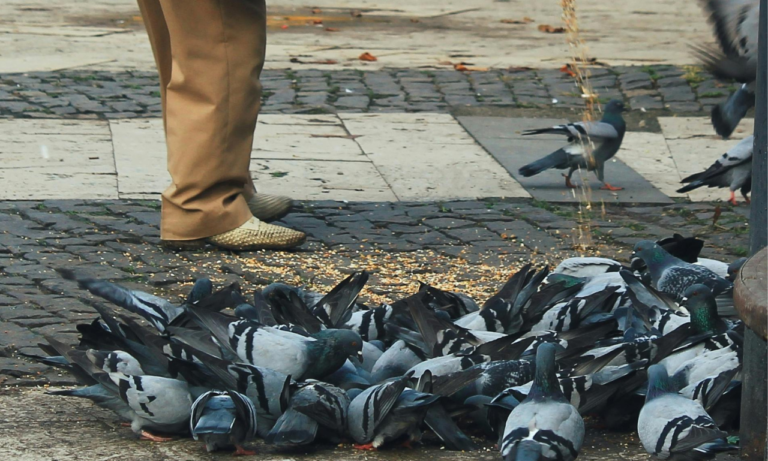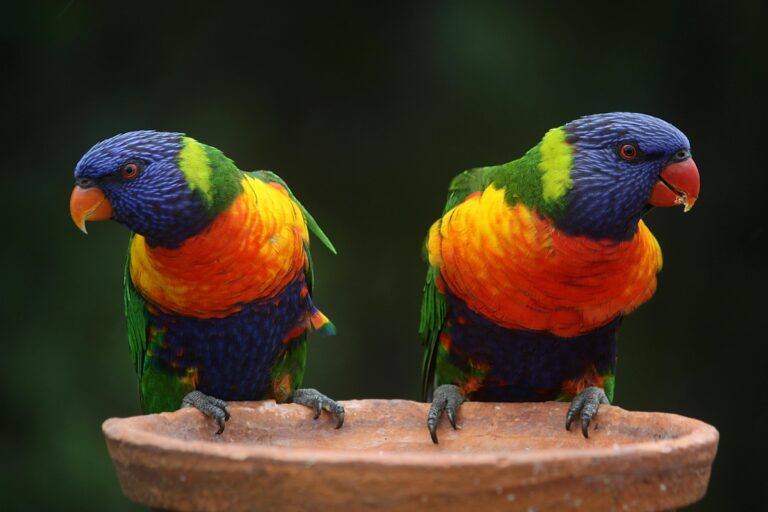Seagull Lifespan

Hey everyone, welcome back to Feathered Mates! Today I will talk to you about Seagull Lifespan: How Long Do Seagulls Live?
Seagulls are one of the most familiar and widespread birds found near coastlines, lakes, and even urban areas. They are intelligent, adaptable, and known for their scavenging behavior. I am a pet lover. So learning about different birds is one of the most important aspects of my life. People have many kinds of questions and curiosity about the life of seagull birds. I will try to discuss the answers to all those questions and the important information that I personally know about the seagull bird.
In this comprehensive guide, we will explore the lifespan of seagull birds, their migration patterns, mating habits, sleeping locations, and more.
How Long Do Seagulls Live?
There are more than 40 to 50 species of seagulls in the world. A species of seagull can live up to 30 to 35 years. But seagulls usually live 12 to 15 years in the general field. The average lifespan of a seagull varies depending on species, environment, and threats they face. In general, seagulls can live anywhere from 10 to 30 years in the wild. Some species, like the Herring Gull (Larus argentatus), have been recorded living over 30 years under optimal conditions.
Factors Influencing Seagull Lifespan
The life expectancy of a seagull is influenced by several important factors:
Species: Different types of seagulls live for different lengths of time. For example:
- Herring Gull: 15-30 years
- Ring-billed Gull: 10-15 years
- Great Black-backed Gull: 20-25 years
Predators: Seagulls face danger from birds of prey, foxes, and even humans.
Habitat: Seagulls that live in calm, coastal areas with fewer threats tend to live longer than those in busy, urban places.
Food Availability: A steady supply of food helps seagulls live longer.
Human Interactions: Pollution, climate change, and habitat destruction have a big impact on their lifespan.
Accidents and Injuries: Sadly, seagulls often get hurt in road accidents, get tangled in fishing nets, or swallow plastic, all of which shorten their lives.
Where Do Seagulls Live?
Seagulls are found worldwide, mainly near coasts but also in inland environments. They thrive in various habitats, including:
- Coastal cliffs and beaches
- Lakes and rivers
- Urban areas, where they scavenge for food
- Islands, where they breed and nest
Seagulls are highly adaptable, making them one of the most successful bird species in colonizing human-dominated environments.
Do Gulls Migrate?
Yes, many seagull species migrate, especially those living in colder areas. It really depends on the species and where they live. Some gulls fly to warmer coastal spots when winter comes. Arctic species, like the Ivory Gull, travel far south to escape the freezing cold. But some gulls, like the Herring Gull, stay in the same place all year if there’s enough food around. Seagulls also have great memories and often return to the same spots every year for food.
Where Do Seagulls Sleep?
Seagulls are pretty flexible when it comes to finding a place to rest. They look for spots where they feel safe from predators and bad weather. Often, they’ll settle on coastal cliffs or dunes, because these natural places offer good protection. Sometimes they pick sandbars or quiet beaches, which keep them away from most predators. In cities, they’ve learned to rest on rooftops where it’s harder for anything to bother them. Some even sleep while gently floating on calm water. Unlike certain other birds, seagulls don’t bother making fancy nests just to sleep—they keep it simple, especially outside the breeding season.
Do Seagulls Mate for Life?
Yes, many seagull species form long-term monogamous pairs. Seagulls mate for life, meaning they return to the same partner each breeding season. Their strong pair bonds contribute to successful breeding and chick-rearing.
Seagull Mating and Breeding Behavior
- Mating pairs engage in courtship feeding, where males bring food to females as a bonding ritual.
- Nests are built on cliffs, beaches, and urban buildings.
- Both parents share responsibilities in incubating eggs and feeding chicks.
- Seagulls display strong parental instincts, fiercely protecting their young from predators.
How Long Do Gulls Live in Captivity?
Seagulls in captivity tend to live longer than their wild counterparts, sometimes reaching 30 to 40 years. The absence of predators, consistent food supply, and veterinary care contribute to this extended lifespan.
How long do seagulls live in the USA?
The lifespan of USA gulls is usually between 4 and 24 years (20 on average). The oldest known USA gull reached 30 years.
How long do seagulls live in the UK?
The average gull lifespan is twenty years or so. Because gulls are gregarious birds, once roof nesting becomes popular, more gulls will begin to settle in the area and build nests on nearby buildings until enough of them are there to form a colony.
Click here to know Magpie Lifespan: How Long Do Magpies Live?
Seagulls are amazing birds. They know how to adapt and survive. Their lives can be long or short, depending on the type of gull, their surroundings, and how humans treat them. They can travel great distances, build nests in busy cities, and even stay with one partner for life. Watching how they live helps us respect these clever creatures and keep them safe for the future.
It can be said that birds are very peaceful creatures and they always fascinate us with their behavior. Hope you got to know a lot about Seagull Lifespan: How Long Do Seagulls Live? If you are a bird lover, Stay with us to learn about the right bird selection, bird care, birds nests and all things related to birds. May the relationship between you and your pet become stronger.








One Comment